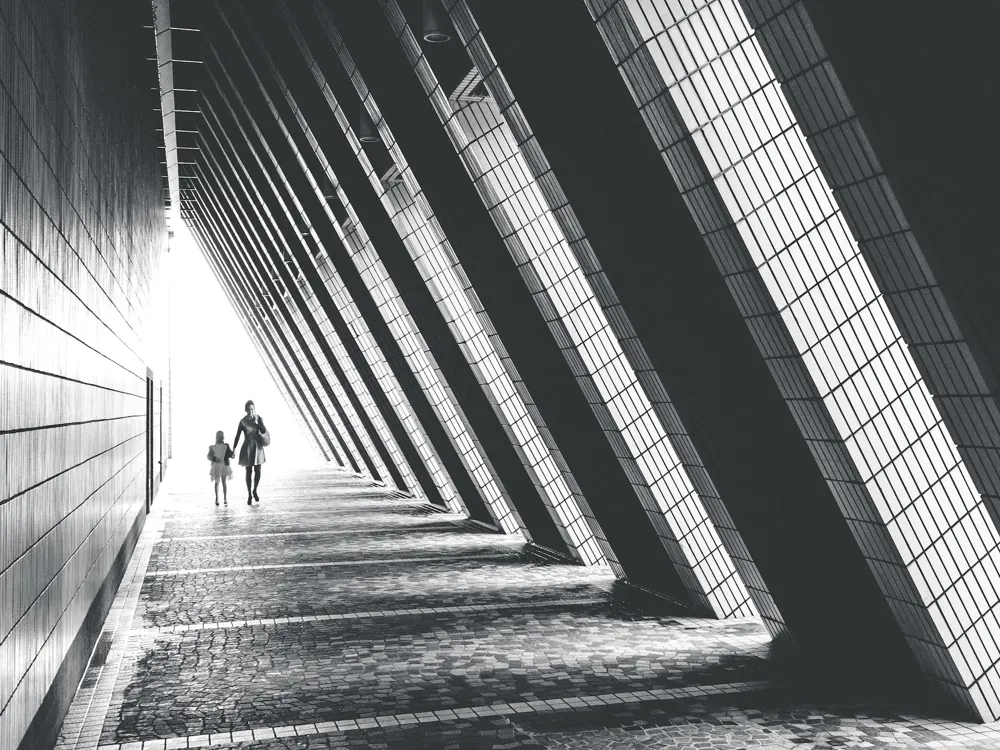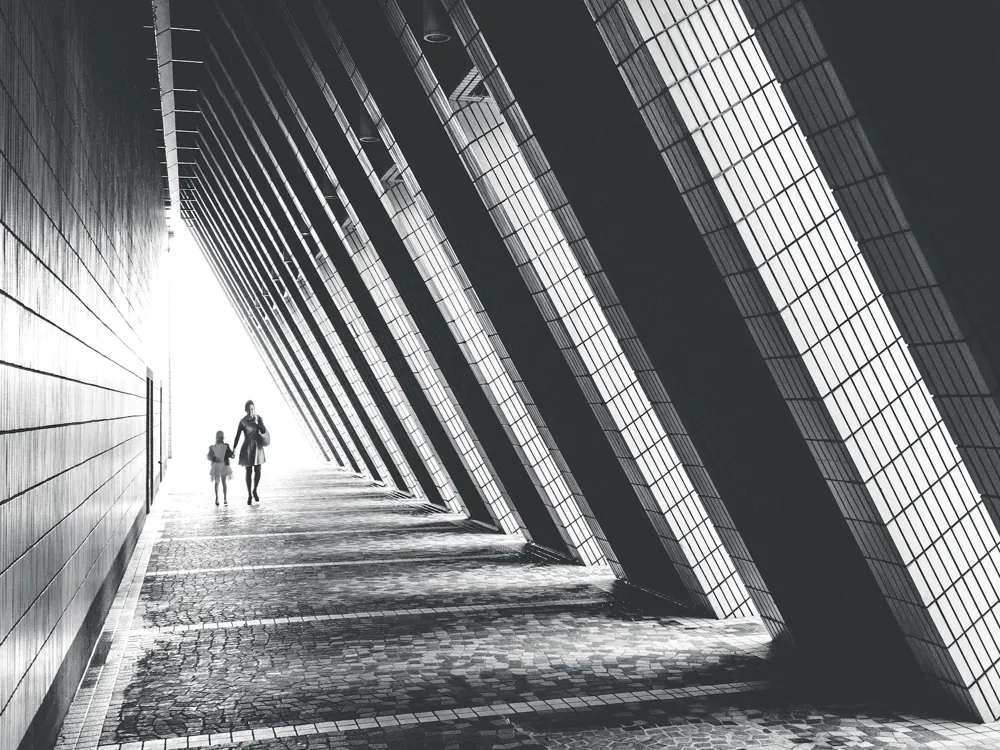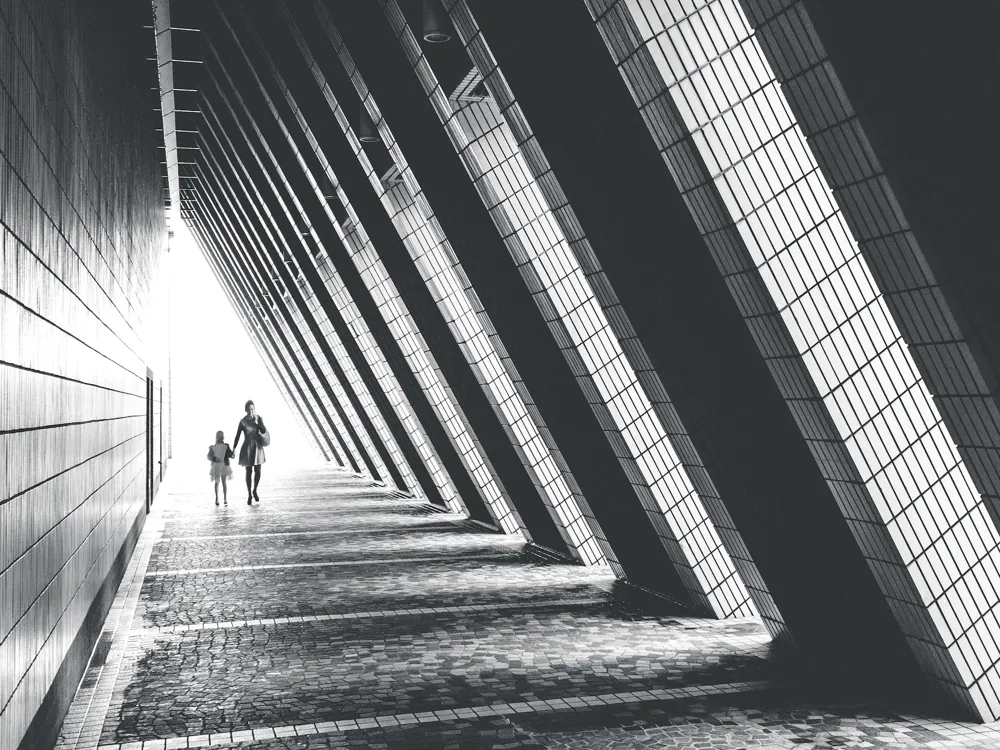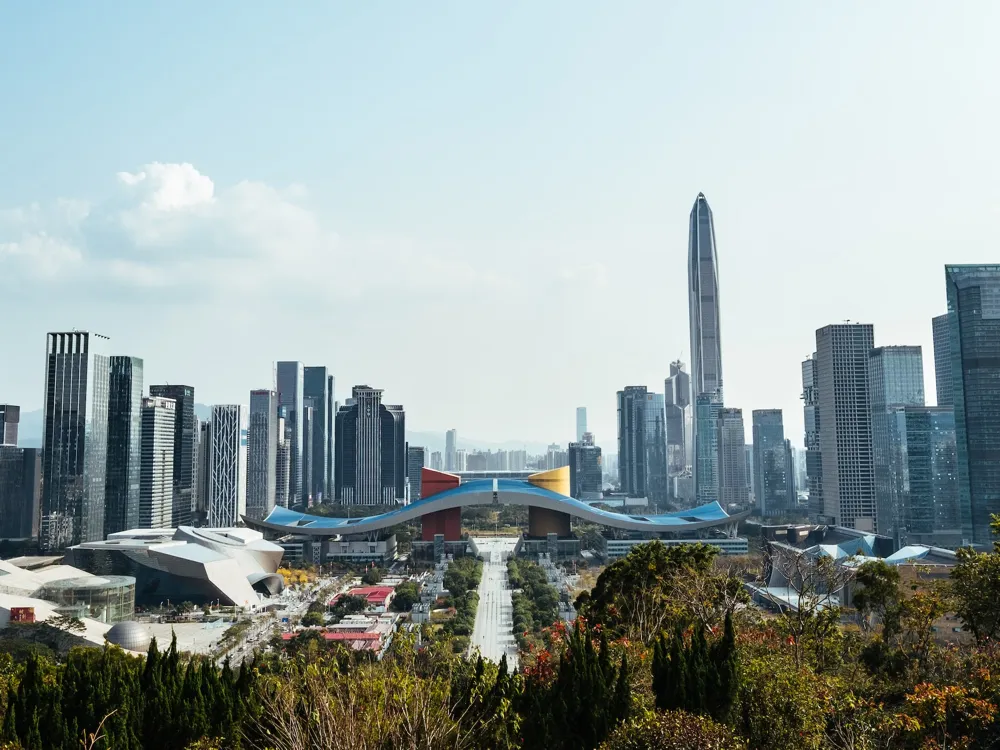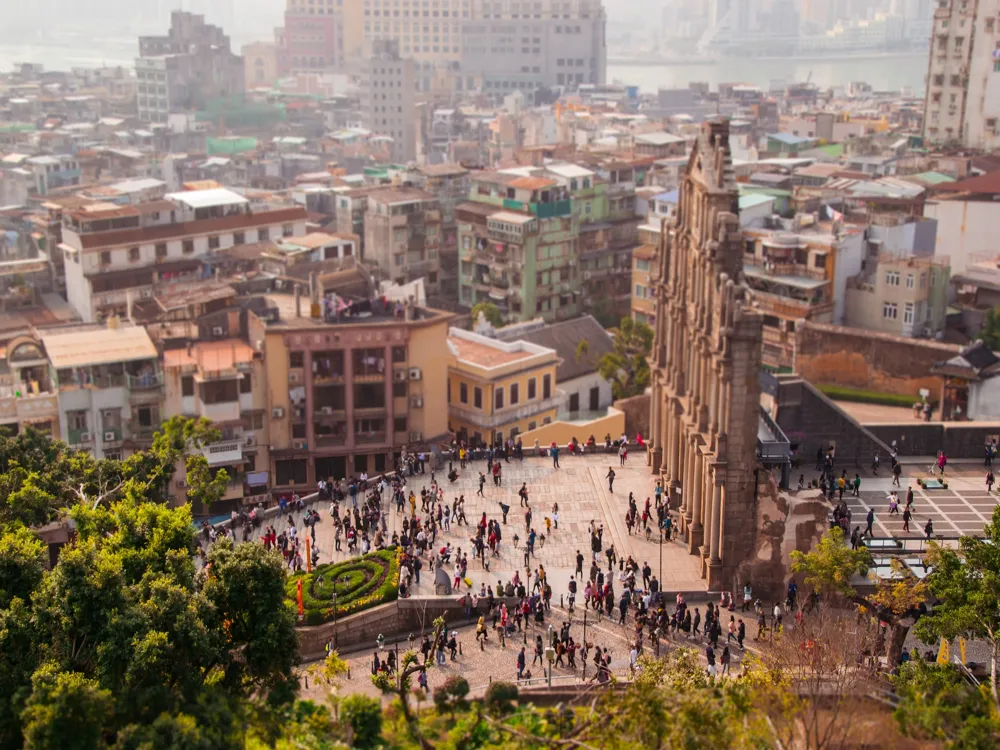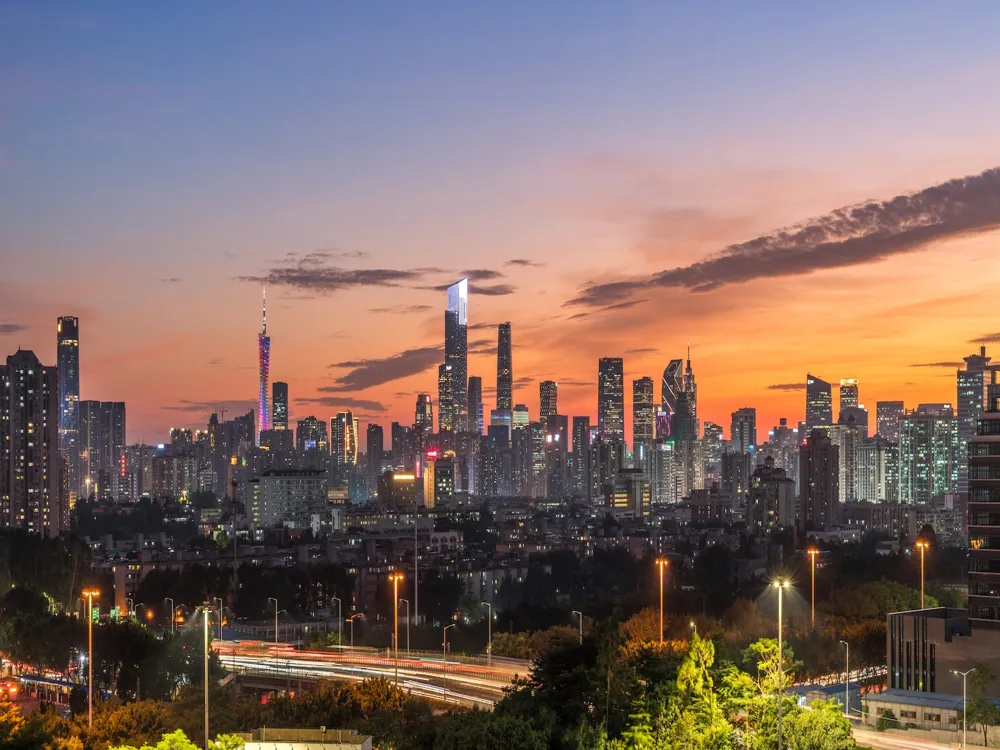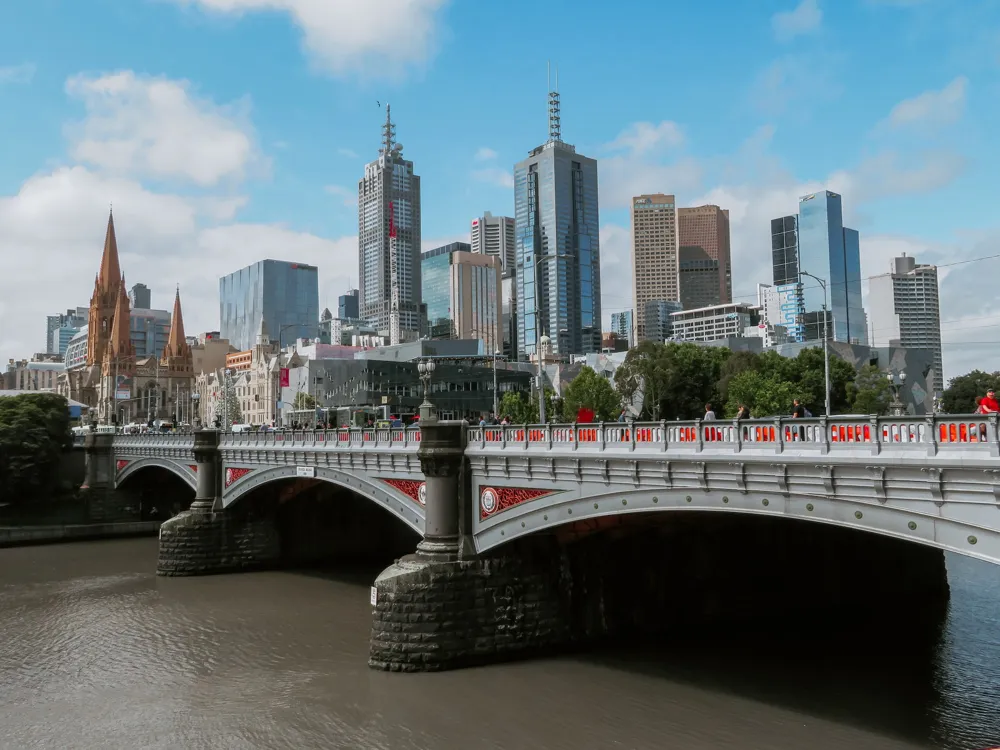The Hong Kong Dragon Boat Festival, a vibrant cultural extravaganza, is one of the most significant and celebrated events in Hong Kong. This festival, also known as the Tuen Ng Festival, occurs annually on the fifth day of the fifth lunar month, bringing an explosion of energy, color, and excitement to the city. It's an event that combines ancient Chinese traditions with the modern dynamism of Hong Kong. The origin of the festival dates back over 2,000 years and is steeped in various legends, the most popular being the story of Qu Yuan. He was a beloved poet and minister who drowned himself in the Miluo River as a protest against the corruption of his time. The local people, who admired him, raced out in their boats to save him, or at least retrieve his body. This act of communal spirit is said to be the origin of the dragon boat races. Today, the festival is celebrated with much fanfare and includes activities like dragon boat racing, where teams paddle elaborately decorated boats to the beat of heavy drums. The boats, adorned with dragon heads and tails, represent the vessels used to search for Qu Yuan. The festival also features traditional Chinese foods, especially Zongzi (sticky rice dumplings), and other cultural performances, making it a feast for the senses and a reflection of Hong Kong's rich cultural heritage. The Hong Kong Dragon Boat Festival is not just a sporting event, but a cultural spectacle that offers a glimpse into the rich tapestry of Hong Kong's traditions and beliefs. The races symbolize the communal effort to avert misfortune and encourage prosperity. Each year, thousands of athletes from around the globe gather to compete, transforming the city's waterways into a stage for fierce competition and camaraderie. The festival is also a time for honoring traditional Chinese values like family unity, loyalty, and integrity. It's a period when locals pay homage to their ancestors and pray for good health and fortune. In addition to the races, various neighborhoods in Hong Kong hold their own celebrations, including lion dances, parades, and martial arts demonstrations, contributing to the festival's vibrant atmosphere. The Hong Kong Dragon Boat Festival has evolved into an international phenomenon, attracting teams and visitors from different parts of the world. This global participation has turned the event into a platform for cultural exchange, showcasing Hong Kong's cosmopolitan character and its ability to blend tradition with modernity. The festival's global appeal also significantly impacts local tourism, with thousands of visitors arriving in Hong Kong to experience this unique cultural event. The Hong Kong Dragon Boat Festival is a testament to the city's commitment to preserving its cultural heritage while embracing modern influences. It serves as a bridge between the past and present, demonstrating how traditional festivals can adapt and thrive in a contemporary urban setting. The festival not only celebrates the city's history and traditions but also symbolizes its vitality and diverse cultural landscape. The architecture of the Hong Kong Dragon Boat Festival is a fascinating blend of tradition and modernity, reflecting the city's unique cultural and historical landscape. The dragon boats themselves are the centerpiece of this architectural marvel. These boats are a testament to skilled craftsmanship and artistic excellence, with each boat measuring up to several meters in length and featuring intricately carved dragon heads and tails. The design of the dragon boats is rooted in ancient Chinese symbolism and mythology. The dragon, a significant symbol in Chinese culture, represents power, strength, and good luck. The boats are traditionally made of teak wood, and their construction involves intricate craftsmanship and attention to detail. Each boat is brightly painted, with scales and other ornate designs that add to their majestic appearance. Over the years, the design of dragon boats has evolved, incorporating modern materials and techniques while retaining traditional elements. Fiberglass and carbon fiber are now commonly used, making the boats lighter and more maneuverable. Despite these changes, the essence of the traditional design remains, with the boats still featuring the iconic dragon head and tail, and the essential components that make them both functional and symbolic. The evolution in design also reflects the festival's transition from a local tradition to a global sporting event. Modern dragon boats are equipped with advanced features that enhance performance, safety, and the overall racing experience, attracting athletes and enthusiasts from across the world. The architecture of the dragon boats goes beyond their physical structure, embodying deeper cultural and historical significance. The boats are not just vessels for racing; they are symbols of cultural identity and communal spirit. The meticulous craftsmanship and artistry involved in their construction reflect the dedication and respect for tradition that is deeply ingrained in Chinese culture. During the festival, the boats are often blessed in a ceremony that involves dotting the eyes of the dragon head. This ritual, known as the 'Awakening of the Dragon,' symbolizes the imparting of life and spirit into the boats and is a crucial aspect of the festival's cultural heritage. The Hong Kong Dragon Boat Festival also has a significant impact on the city's urban space and environment. The festival's infrastructure, including the racing tracks, spectator stands, and associated facilities, is designed to accommodate large crowds and ensure a safe and enjoyable experience. This temporary transformation of urban spaces, particularly along the waterfront, highlights the city's ability to host large-scale international events. Moreover, the festival promotes environmental awareness, with initiatives aimed at preserving the natural beauty of the race locations and promoting sustainable practices. The blend of traditional architecture and modern environmental consciousness exemplifies Hong Kong's commitment to balancing cultural preservation with ecological responsibility. When planning to attend the Hong Kong Dragon Boat Festival, consider the timing of the festival, typically in June. Accommodation can be scarce, so book hotels well in advance. Also, check the weather forecast and pack accordingly, as Hong Kong can be hot and humid during this period. To get the best view of the races, head to the Central Harbourfront, Victoria Harbour, or any of the designated spectator areas along the race courses. These spots offer excellent views of the competitions and the accompanying festivities. Respect the local customs and traditions while enjoying the festival. Be mindful of cultural etiquette, especially when interacting with participants or locals. Remember, the festival is a significant cultural event for the people of Hong Kong. Don't miss out on trying traditional festival foods like Zongzi (rice dumplings) and local street food. However, stay hydrated and avoid overexposure to the sun, as the days can be quite warm. Public transport is the best way to navigate Hong Kong during the festival. Consider using the MTR (Mass Transit Railway), buses, or ferries for convenient travel. Traffic can be heavy, and parking can be challenging near the event venues. To attend the Hong Kong Dragon Boat Festival, international visitors can fly into Hong Kong International Airport, which is well-connected globally. From the airport, one can take the Airport Express train, taxis, or buses to reach the city. Once in Hong Kong, the festival venues are accessible via the city's efficient public transportation system, including the MTR, buses, and ferries. Additionally, special shuttle services and public transportation routes are often available during the festival to facilitate easier access to the event locations. Read More:Overview of the Hong Kong Dragon Boat Festival
Significance and Celebrations
International Participation and Impact
Preserving Tradition and Embracing Modernity
Architecture of Hong Kong Dragon Boat Festival
Evolution of Boat Design
Cultural Significance of Boat Architecture
Impact on Urban Space and Environment
Tips When Visiting Hong Kong Dragon Boat Festival
Planning Your Visit
Best Viewing Spots
Cultural Etiquette
Food and Drink
Transport and Navigation
How To Reach Hong Kong Dragon Boat Festival
Hong Kong Dragon Boat Festival
Hong Kong
NaN onwards
View hong-kong Packages
Weather :
Tags : Fairs & Festivals
Timings : 7 June 2019 to 9 June 2019
Time Required : 2-3 hours
Planning a Trip? Ask Your Question
Hong-kong Travel Packages
View All Packages For Hong-kong
Top Hotel Collections for Hong-kong

Private Pool

Luxury Hotels

5-Star Hotels

Pet Friendly
Top Hotels Near Hong-kong
Other Top Ranking Places In Hong-kong
View All Places To Visit In hong-kong
View hong-kong Packages
Weather :
Tags : Fairs & Festivals
Timings : 7 June 2019 to 9 June 2019
Time Required : 2-3 hours
Planning a Trip? Ask Your Question
Hong-kong Travel Packages
View All Packages For Hong-kong
Top Hotel Collections for Hong-kong

Private Pool

Luxury Hotels

5-Star Hotels

Pet Friendly







